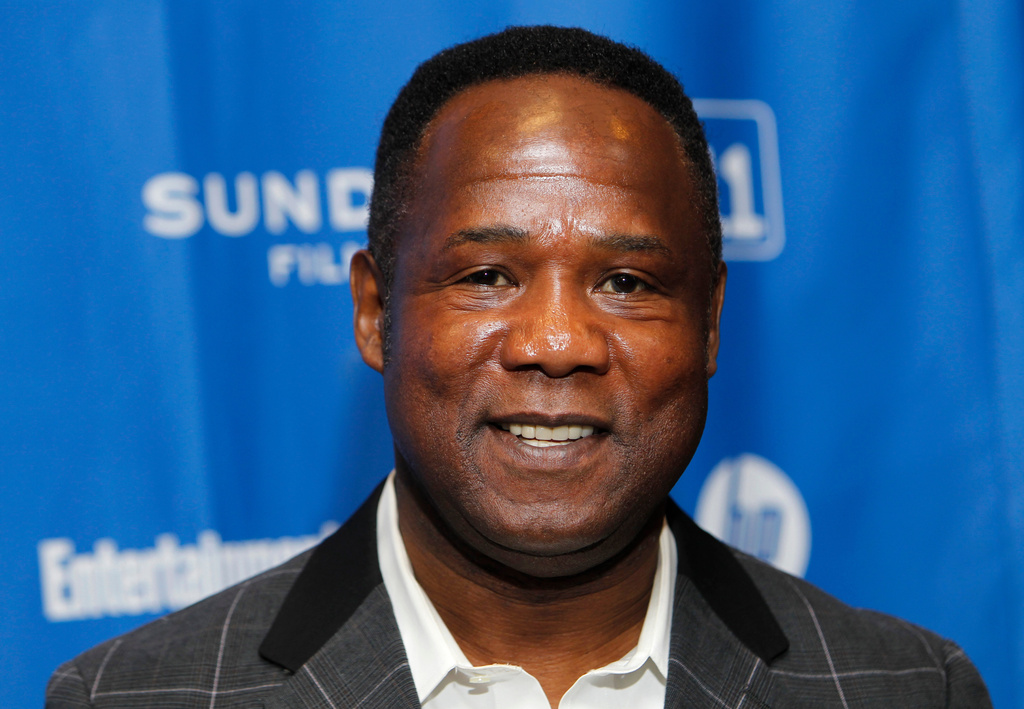“She is an extremely bright child that just needed explicit instruction for literacy. And she didn't get that anywhere," Amy Traynor said.
She is the mom of two special needs students and remote learning in 2020 brought unique challenges to her daughter who is dyslexic.
"There was no new learning," Traynor said. "Her dyslexia intervention was a zoom chat. A couple of times."
She changed schools and says the difference was night and day.
"We switched schools and even with a pandemic, in the first ten weeks of school, they closed her three-year reading deficit."
Pandemic learning during the 2020 school year varied drastically for some special education students, depending on the school they attended, socio-economic factors, access to technology and even their specific learning disability.
For instance, some students with certain physical disabilities were able to learn from the comfort of home while others with sensory impairments struggled.
Lindsay Jones, the President and CEO of the National Center for Learning Disabilities agreed that the pandemic has brought new obstacles for many students.
"They really struggled with remote learning, with the lack of in-person learning," Jones said. "They struggled in many cases, also, with the idea that masks cover faces and we don't have the same type of cues that we can pick up on."
The pandemic also forced teachers into the role of coaching adults and guiding parents through at-home learning.
"Not only are you trying to provide instructional support," LaShorage Shaffer said. "Many parents needed emotional support of being able to try to figure out how to support their child's development and learning at home."
Shaffer, a University of Michigan professor who trains the next generation of special education teachers, says the 2020 school year led many to leave the profession.
A recent survey of 2,300 teachers commissioned by the National Center for Learning Disabilities found that about 58% say they're "burned out." However, 87% say they still love teaching despite pandemic woes.
Advocates say now is the time to examine what went right, what went wrong and how to fix longstanding issues.
$3 billion from the American Rescue Plan was set aside specifically to support students with disabilities. Experts say the next challenge is funneling that money into methods that work.
The learning disability center has put together a list of what they say will work based on research and teacher input, including things like evidence-based tutoring and more learning time.
"Our school have to look at how we can be providing services at the end of the day," Jones said. "Maybe in those cases that haven't started yet, in the summer and in breaks."
Teachers also liked the smaller classrooms from the pandemic and the ability to teach and deliver lessons virtually when necessary.
"These are just extra ways to help kids keep learning," Jones continued. "So whether it's turning on caption on zoom or whether it's learning about having things read to you off your computer."
Shaffer says now is also a good time to be honest about the social, economic and technology divides.
"[It's about] Recognizing, wow, this a gap and what are we going to do to make sure that if this happens again that we are prepared."
Traynor, an advocate for special needs students, says some of the issues began long before the pandemic and now is the time to make changes.
"Maybe we can make a transition in how we're actually teaching," she said. "So that those practices are more effective than efficient from the get go, pandemic or not."




 COVID Is Causing Learning Lag For Students Across The U.S.
COVID Is Causing Learning Lag For Students Across The U.S.






